Home>Articles>How To Stop Vertical Blinds From Blowing In The Wind
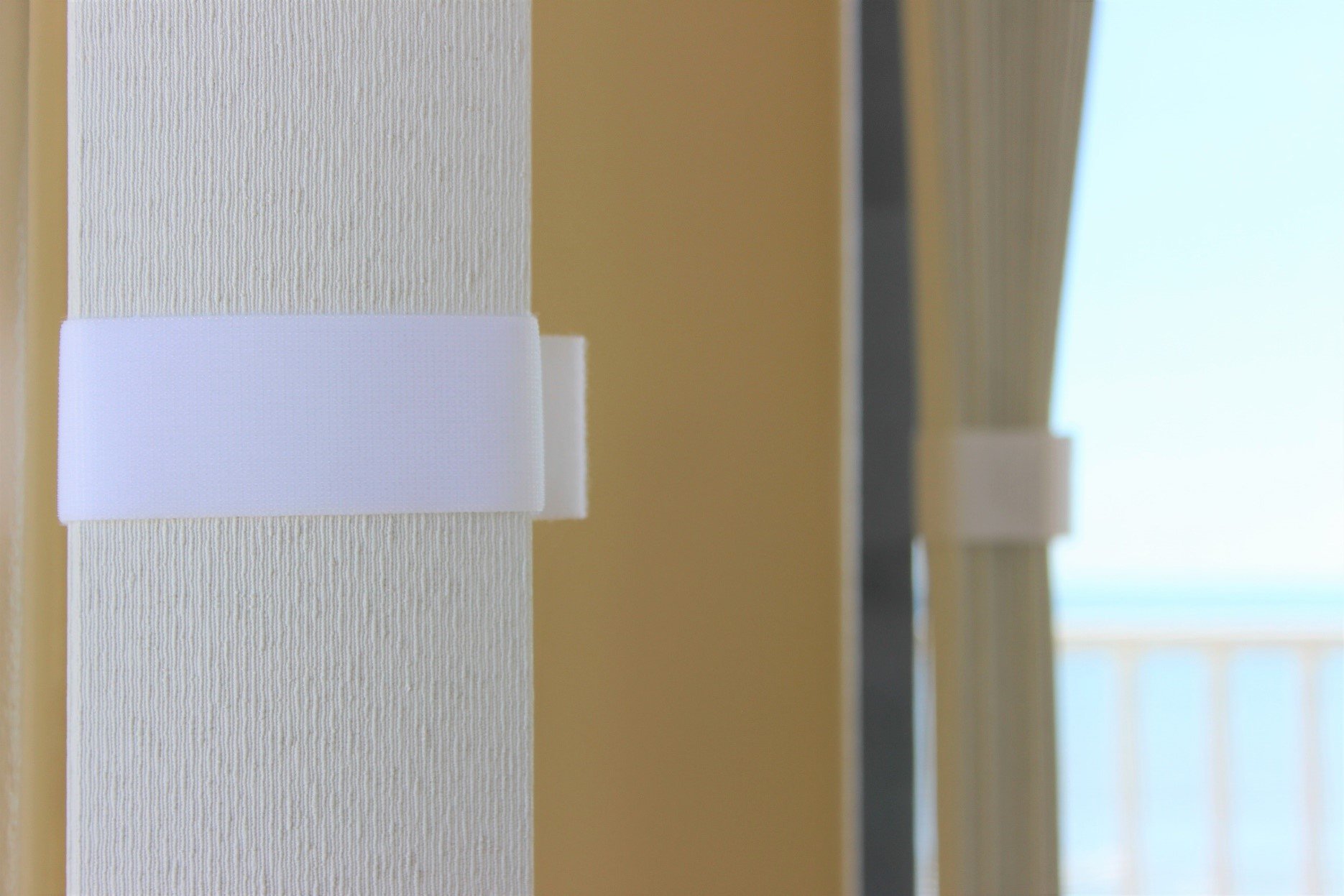

Articles
How To Stop Vertical Blinds From Blowing In The Wind
Modified: December 7, 2023
Discover effective tips and tricks in our articles on how to prevent vertical blinds from being disturbed by strong winds. Ensure your blinds stay securely in place with our expert advice.
(Many of the links in this article redirect to a specific reviewed product. Your purchase of these products through affiliate links helps to generate commission for Storables.com, at no extra cost. Learn more)
Introduction
Vertical blinds can add a stylish touch to any window, providing privacy and controlling natural light. However, one common issue that many people face is the blinds blowing in the wind. Not only is this annoying, but it can also cause damage to the blinds themselves and disrupt the comfort of your living space. But fear not, there are solutions to prevent your vertical blinds from blowing in the wind.
In this article, we will explore the causes of vertical blinds blowing in the wind, the effects it can have, and most importantly, the steps you can take to stop this problem in its tracks. So let’s dive in!
Key Takeaways:
- Choose wind-resistant vertical blinds and install additional hardware for stability to prevent vertical blinds from blowing in the wind. Regular maintenance and upgrades can ensure long-term effectiveness.
- Anchoring the bottom of the blinds and securing them with clips or weights can significantly reduce movement and potential damage caused by wind, ensuring stable and intact vertical blinds.
Read more: How To Stop Wind From Blowing Down Chimney
Understanding the Problem
When it comes to tackling the issue of vertical blinds blowing in the wind, it is essential to understand what causes it in the first place. Several factors contribute to this problem, including the design of the blinds themselves and the surrounding environmental conditions.
One common reason for blinds blowing in the wind is the lack of stability in their construction. Vertical blinds typically consist of individual slats or panels suspended vertically from a track. This design, while practical for adjusting light and privacy, can make the blinds susceptible to the force of the wind, especially if they are not properly secured or weighted.
Another factor to consider is the effect of wind pressure. When strong gusts of wind blow against the windows, they create a pressure difference between the interior and exterior of the building. This pressure difference can be enough to push the vertical blinds inward, causing them to sway or even fly around in extreme cases.
The effects of blinds blowing in the wind may vary depending on the severity of the situation. In mild cases, the movement of the blinds may simply be a minor annoyance, creating noise and distracting movement. However, in more severe instances, blinds can get entangled or damaged, compromising their functionality and aesthetic appeal.
Furthermore, blinds blowing in the wind can also affect the temperature and comfort levels inside the room. The constant movement of the blinds allows drafts to enter the room, leading to energy loss and reducing the effectiveness of heating and cooling systems. This can result in higher energy bills and an overall discomfort in the living space.
Now that we have a better understanding of the problem, let’s move on to assessing the situation and determining the best course of action to stop vertical blinds from blowing in the wind.
Assessing the Situation
Before jumping into solutions, it’s important to assess the severity of the issue and consider the specific factors surrounding your windows and blinds. By doing so, you can tailor your approach to effectively address the problem.
The first step is to determine the severity of the issue. Are your vertical blinds just slightly swaying in a gentle breeze, or are they being forcefully blown by strong winds? Understanding the extent of the problem will help you gauge the level of intervention required.
Next, take into account the location and surroundings of your windows. Are they exposed to frequent strong winds, such as in coastal areas or open plains? Or are they sheltered by surrounding buildings or trees? The local microclimate and the wind patterns specific to your area will play a significant role in finding the right solution.
If your windows are located in a particularly windy area, you may need to prioritize more robust measures to ensure the stability of your vertical blinds. On the other hand, if your windows are shielded from strong winds, you may have more flexibility in implementing preventive measures.
By assessing the severity of the issue and considering the unique characteristics of your location and surroundings, you’ll be better equipped to choose the most appropriate solutions to keep your vertical blinds in place even during gusty winds.
Now that we’ve assessed the situation, it’s time to explore the various solutions to prevent vertical blinds from blowing in the wind.
Identifying Possible Solutions
To effectively address the issue of vertical blinds blowing in the wind, it’s important to identify and implement suitable solutions. Here are two key approaches that can help you overcome this problem:
1. Choosing the right type of vertical blinds:
Not all vertical blinds are created equal when it comes to wind resistance. When selecting new blinds or considering replacements, opt for blinds specifically designed to withstand windy conditions. Look for features such as heavier slats or panels, reinforced stitching, and durable materials that can withstand the force of the wind. Additionally, consider choosing blinds with built-in weights at the bottom, as they can help stabilize the blinds and prevent excessive movement.
2. Installing additional hardware for stability:
In some cases, the construction of the blinds alone may not be enough to prevent them from blowing in the wind. Installing additional hardware can provide the necessary stability. One option is to install hold-down brackets at the bottom of the vertical blinds. These brackets attach to the window frame or the floor, keeping the blinds securely in place even during strong winds. Another option is to use tension cords or chains to connect the bottom of the blinds with the window sill or adjacent walls, providing extra reinforcement.
By combining these solutions, you can greatly minimize the movement and potential damage caused by vertical blinds blowing in the wind. However, it’s important to note that the effectiveness of these solutions may vary depending on factors such as wind intensity and the specific design of your blinds.
Now that we’ve explored some potential solutions, let’s move on to implementing prevention measures to ensure your vertical blinds stay in place.
Install a bottom chain or weights on the vertical blinds to prevent them from blowing in the wind. This will help to keep the blinds in place and prevent them from swinging around.
Implementing Prevention Measures
Now that you have identified the right solutions, it’s time to implement prevention measures to stop your vertical blinds from blowing in the wind. Here are two effective methods you can try:
1. Anchoring the bottom of the blinds:
Anchoring the bottom of the blinds is a simple yet effective way to keep them from swaying in the wind. One method is to attach a bottom chain or cord along the entire length of the blinds. Securely fasten one end of the chain or cord to the bottom of the blinds and the other end to the window frame or adjacent wall. This will provide stability and prevent excessive movement caused by the wind. Alternatively, you can also use adhesive hook and loop fasteners to secure the bottom of the blinds to the window sill or floor.
2. Securing the blinds with clips or weights:
If your blinds do not already have built-in weights, you can add them yourself to ensure better wind resistance. Attach discreet weights to the bottom of each individual slat or panel. This will help weigh down the blinds, preventing them from being easily blown around. Additionally, you can also use clips to fasten adjacent slats together, providing further stability and reducing the chances of the blinds moving in the wind.
By implementing these prevention measures, you can significantly reduce the movement and potential damage of your vertical blinds. However, it’s important to ensure that the implementation is done properly and does not interfere with the functionality of the blinds or compromise safety.
Now that we’ve covered prevention measures, let’s move on to the importance of maintenance and upgrading to address this issue in the long term.
Maintaining and Upgrading
To ensure the long-term effectiveness of your efforts in preventing vertical blinds from blowing in the wind, it’s important to focus on regular maintenance and consider upgrades if necessary. Here are two key aspects to keep in mind:
1. Regular inspection and maintenance:
Make it a habit to regularly inspect your vertical blinds for any signs of wear, tear, or damage. Look out for loose or broken slats, frayed cords, or damaged hardware. Address any issues promptly by repairing or replacing the affected parts. Additionally, clean the blinds regularly to remove dust and debris, as accumulated dirt can hinder the functionality and increase the chances of the blinds getting stuck or becoming less wind-resistant. By maintaining your blinds in good condition, you can ensure their stability and longevity.
2. Upgrading blinds for better wind resistance:
If your current blinds continue to pose problems despite your preventive measures and regular maintenance, it may be time to consider upgrading to more wind-resistant options. Look for blinds that are specifically designed to withstand strong winds and turbulent weather conditions. These may include blinds made from sturdier materials, multiple layers of fabric, or innovative designs that minimize the impact of wind pressure. Investing in blinds that are built to withstand wind can provide you with long-term peace of mind.
By incorporating regular inspection, maintenance, and considering upgrades when necessary, you can ensure that your vertical blinds remain stable and resistant to wind, enhancing both their functionality and aesthetic appeal.
Now that we’ve covered the importance of maintenance and upgrading, let’s wrap up this article.
Conclusion
Dealing with vertical blinds that constantly blow in the wind can be frustrating. However, by understanding the root causes of the problem and implementing the right solutions, you can regain control and prevent further damage to your blinds.
Throughout this article, we have discussed various aspects of addressing this issue, including understanding the problem, assessing the situation, identifying possible solutions, implementing prevention measures, and maintaining and upgrading blinds.
Remember, the key to success lies in choosing the right type of vertical blinds that are designed to withstand windy conditions and installing additional hardware for stability. Anchoring the bottom of the blinds and securing them with clips or weights can also go a long way in minimizing movement.
Furthermore, regular inspection, maintenance, and considering upgrades when necessary are crucial to ensuring the long-term effectiveness of your preventive measures. By taking these steps, you can enjoy stable and intact vertical blinds, even in the face of strong gusts of wind.
As you embark on this journey to solve the problem of vertical blinds blowing in the wind, stay proactive and adaptable. Remember, each situation is unique, and you may need to experiment to find the best solution for your specific circumstances.
Now, armed with knowledge and actionable steps, you are equipped to tackle this issue head-on. Say goodbye to annoyingly flapping blinds and embrace the tranquility that comes with securely anchored vertical blinds.
Frequently Asked Questions about How To Stop Vertical Blinds From Blowing In The Wind
Was this page helpful?
At Storables.com, we guarantee accurate and reliable information. Our content, validated by Expert Board Contributors, is crafted following stringent Editorial Policies. We're committed to providing you with well-researched, expert-backed insights for all your informational needs.

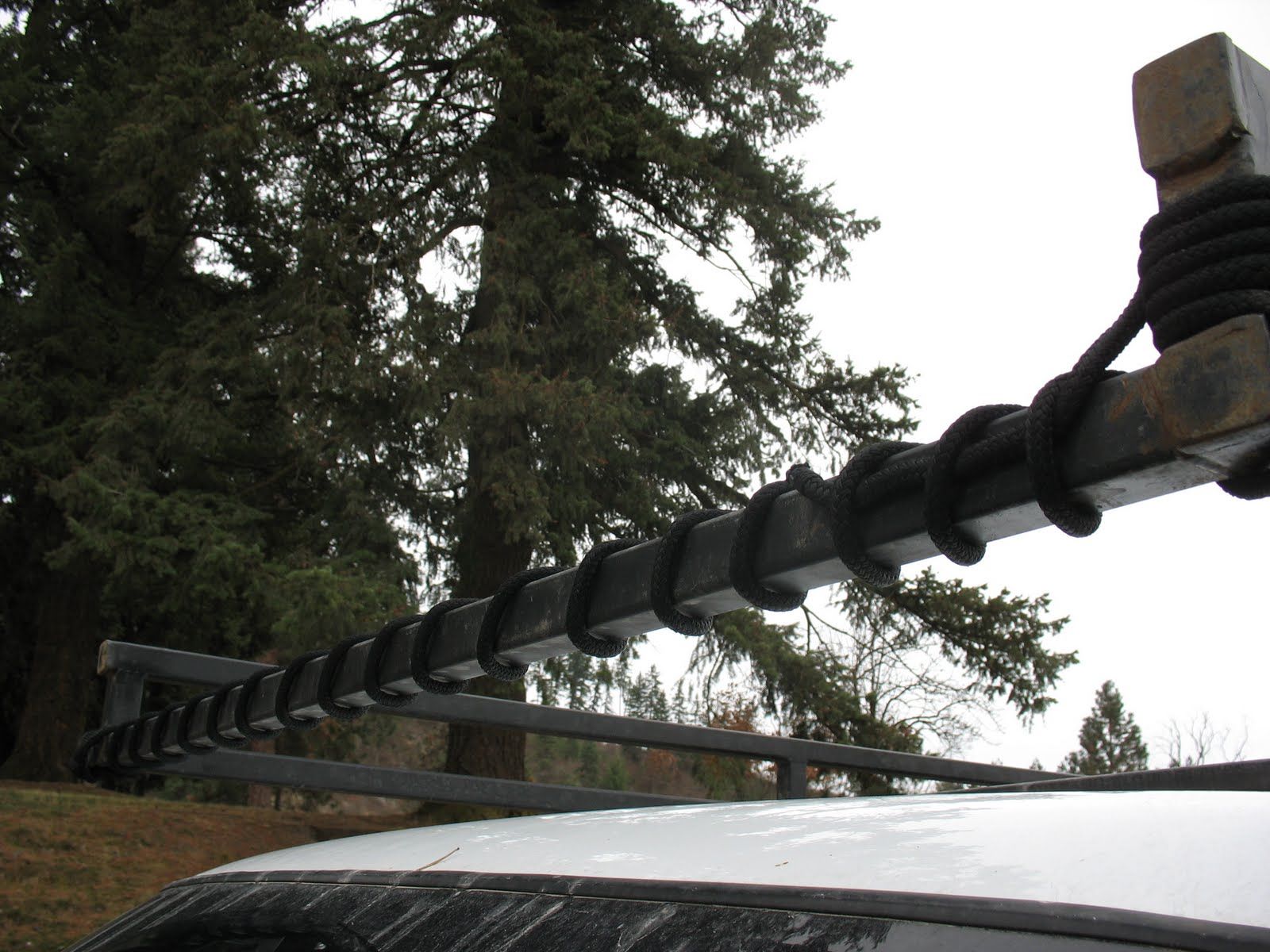

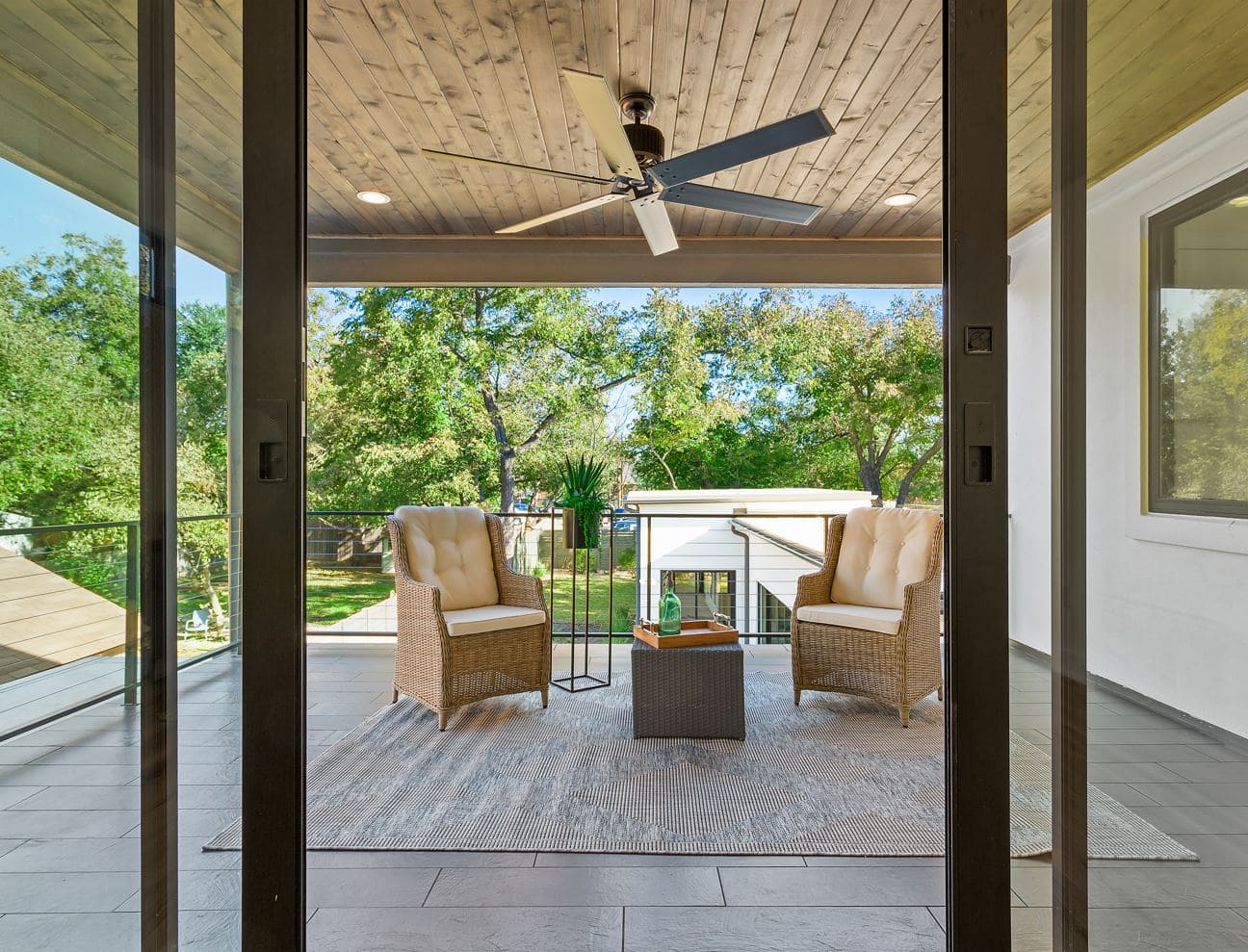


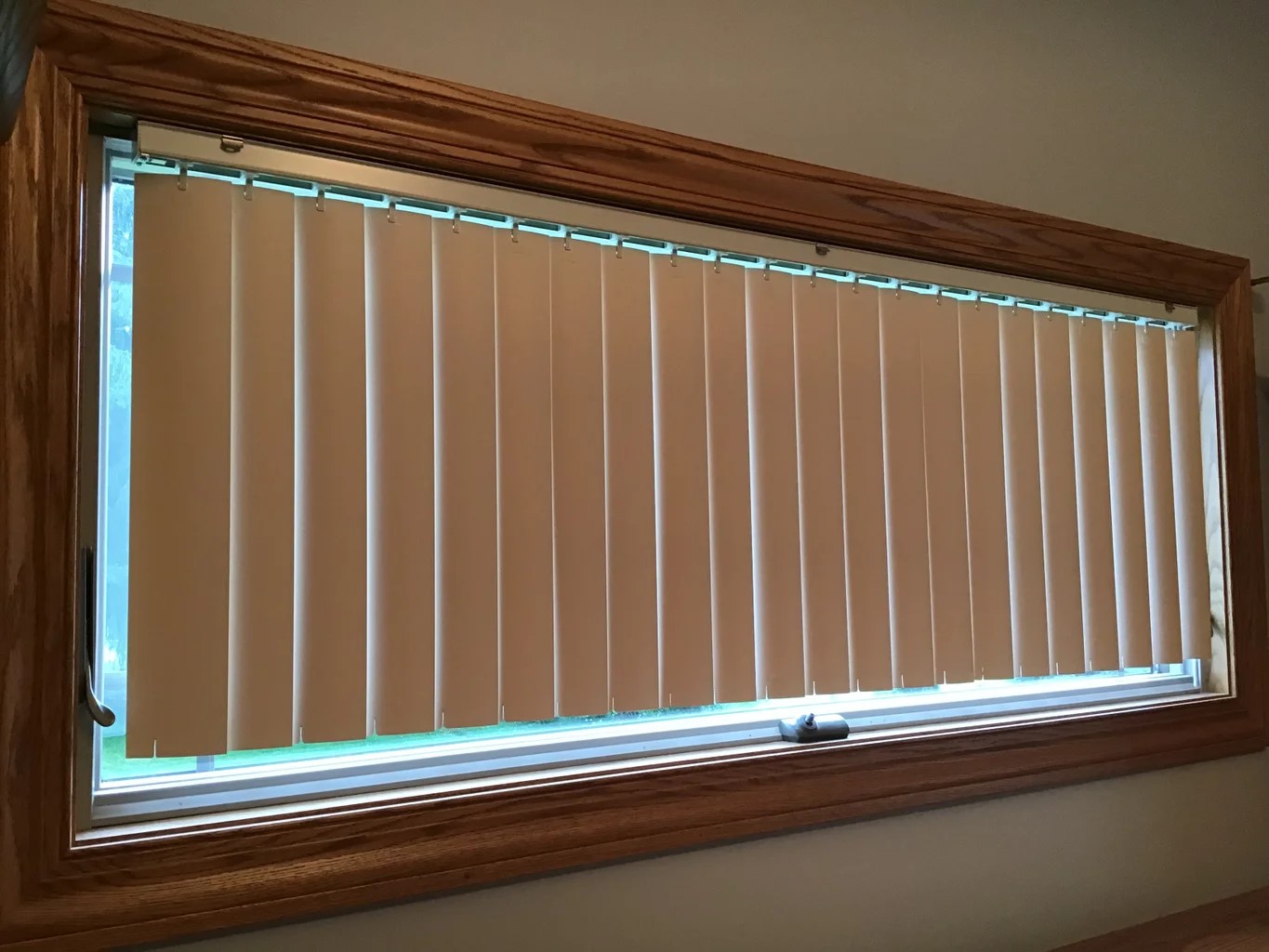
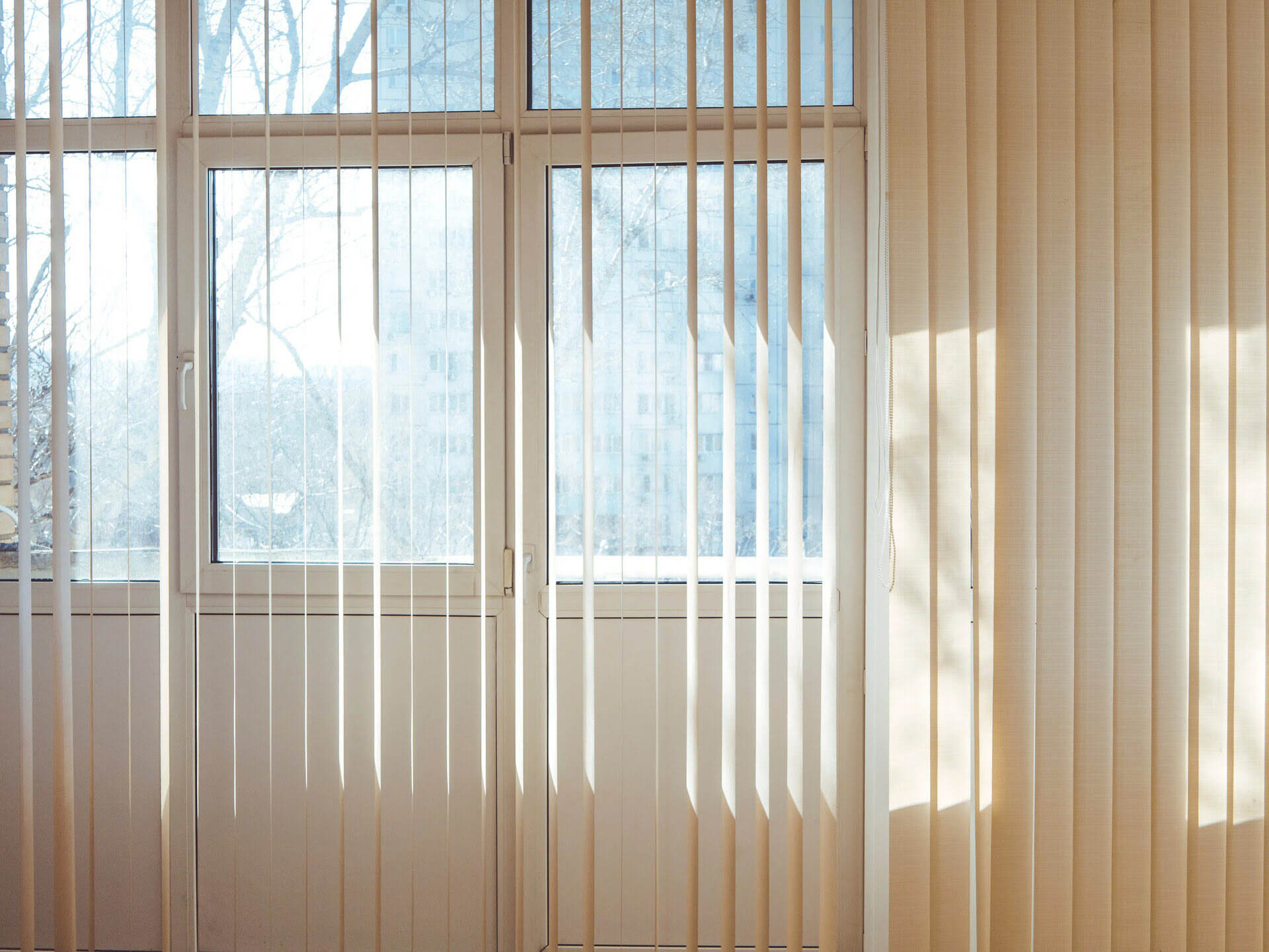
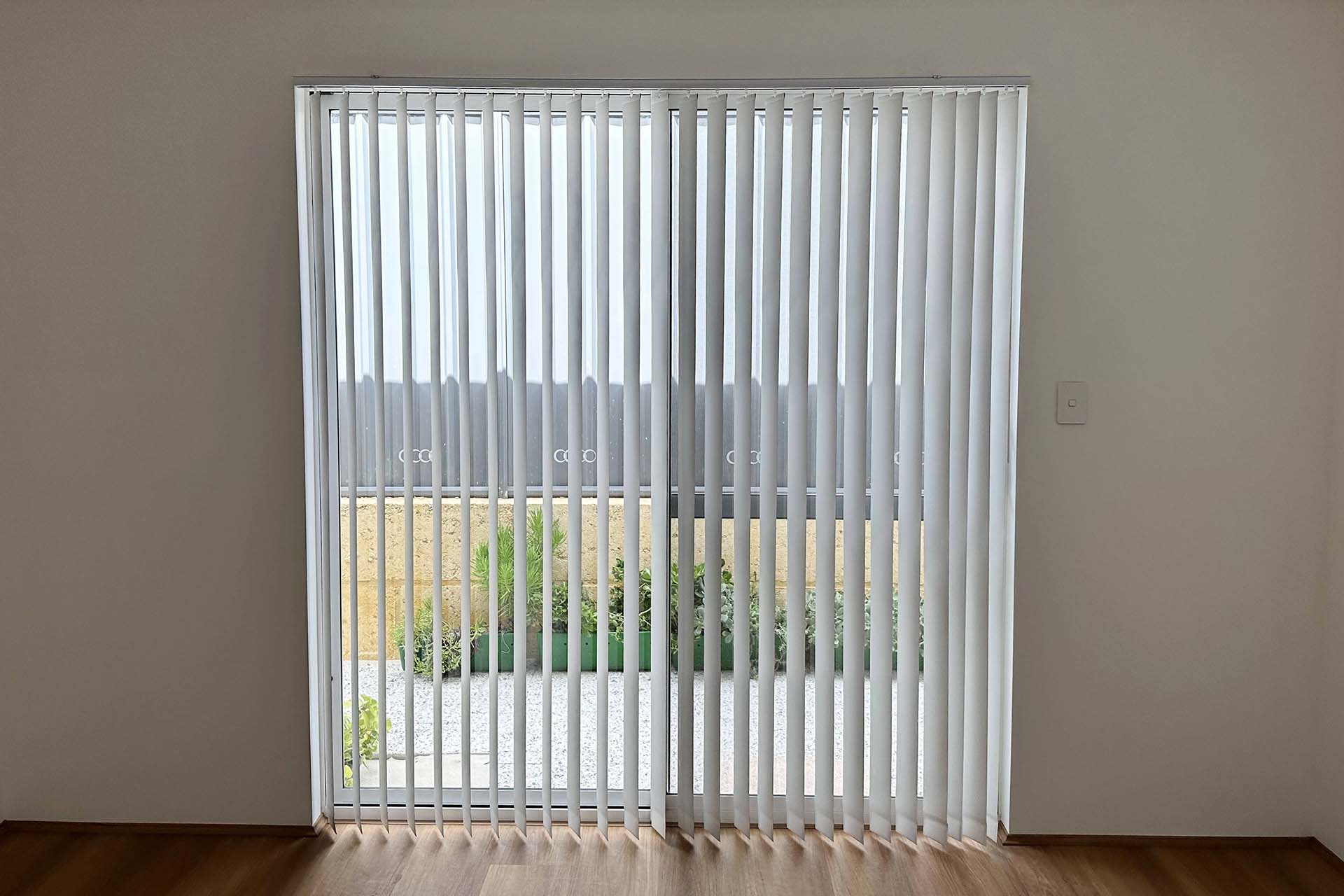
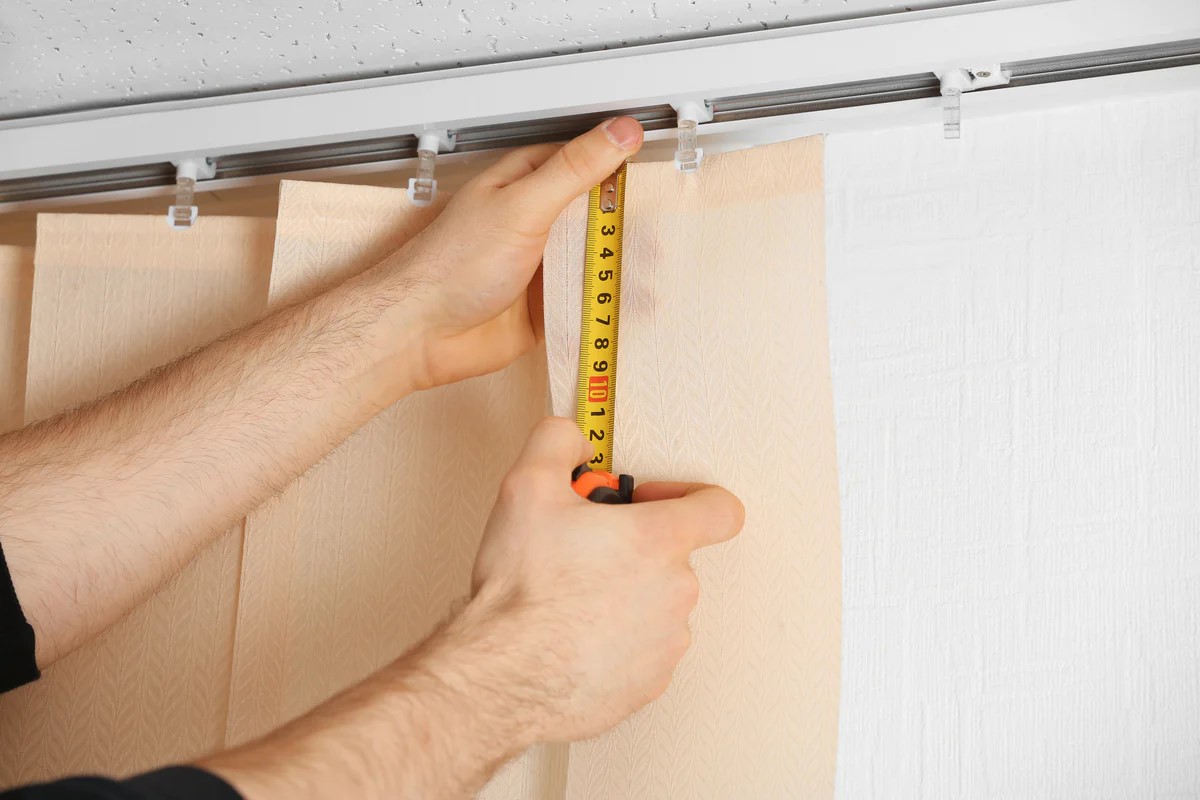
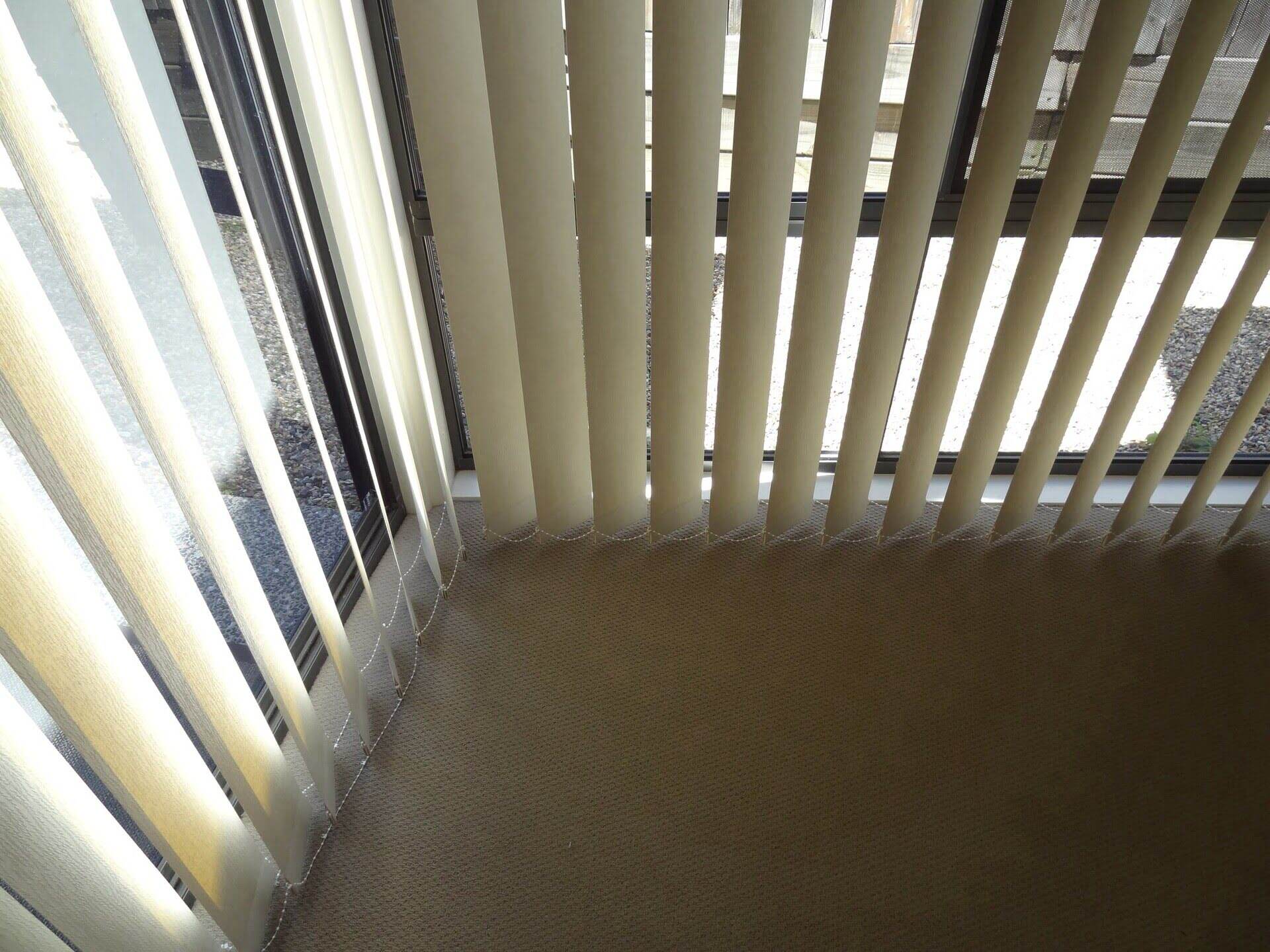
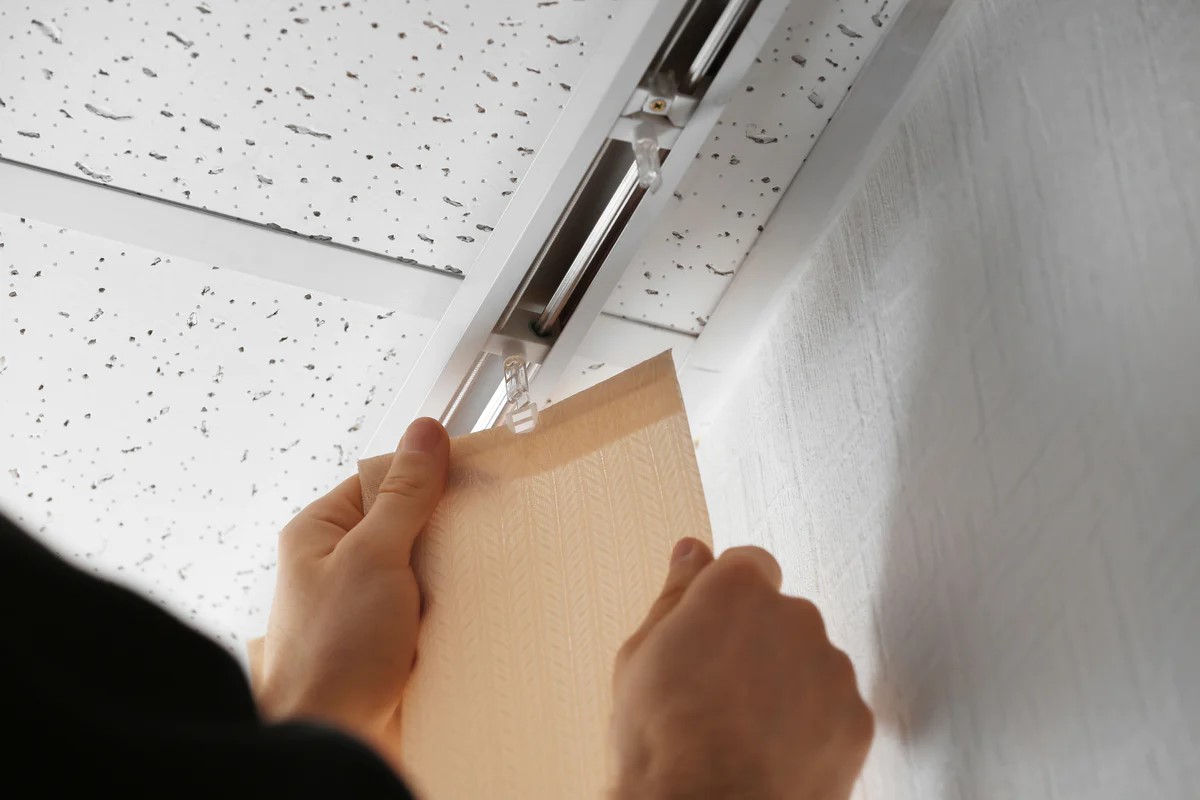

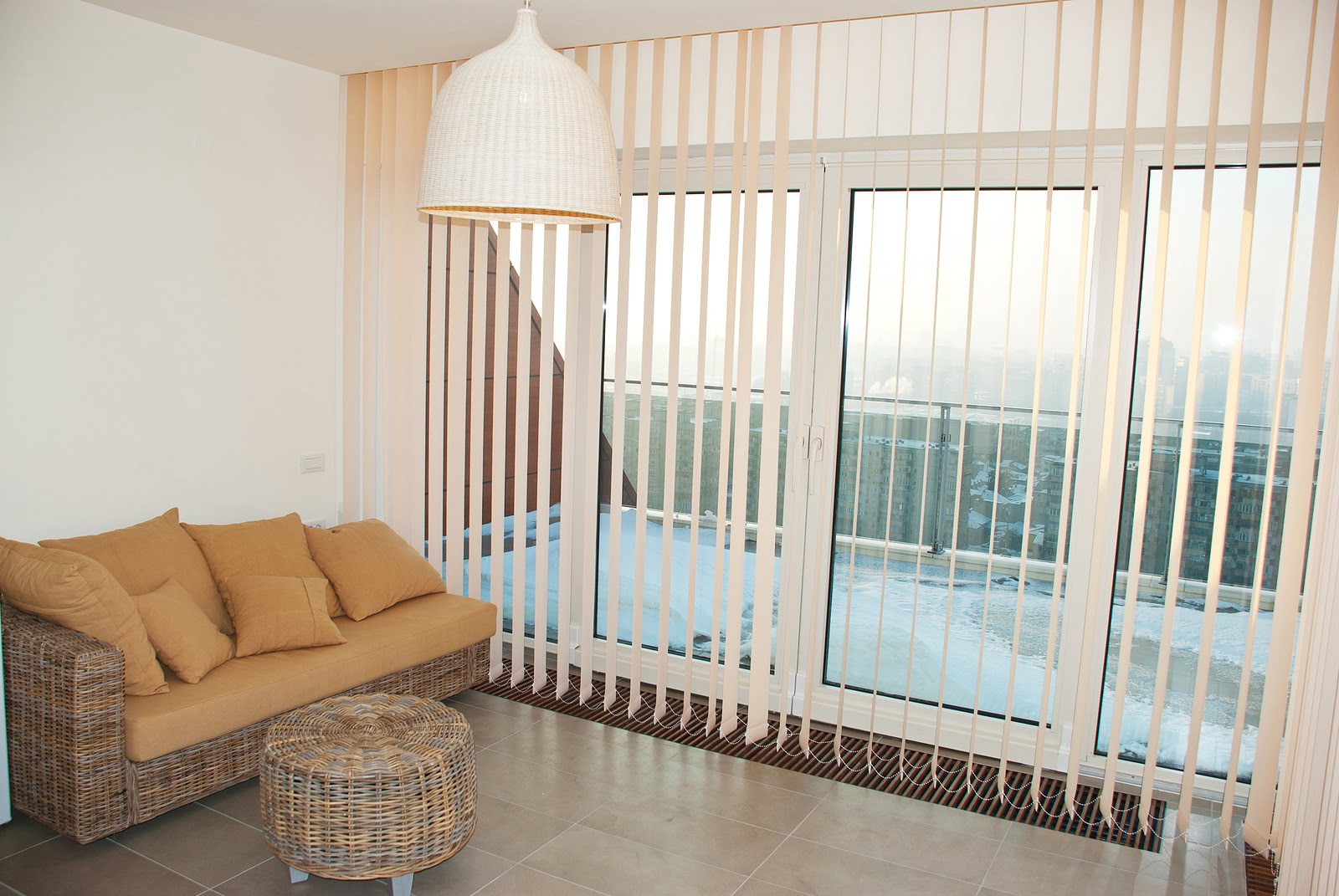

0 thoughts on “How To Stop Vertical Blinds From Blowing In The Wind”